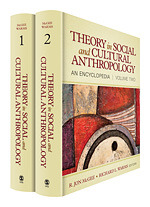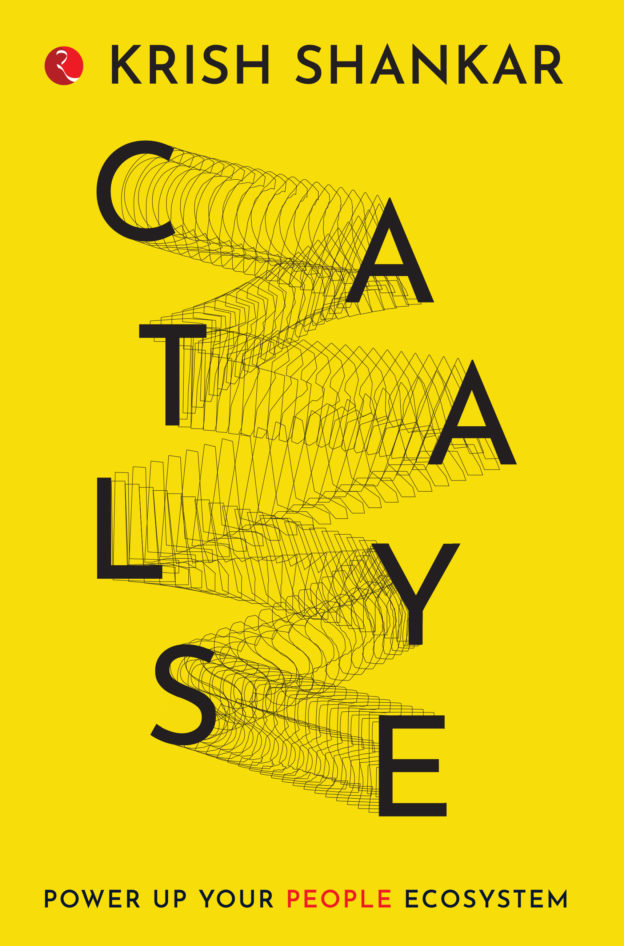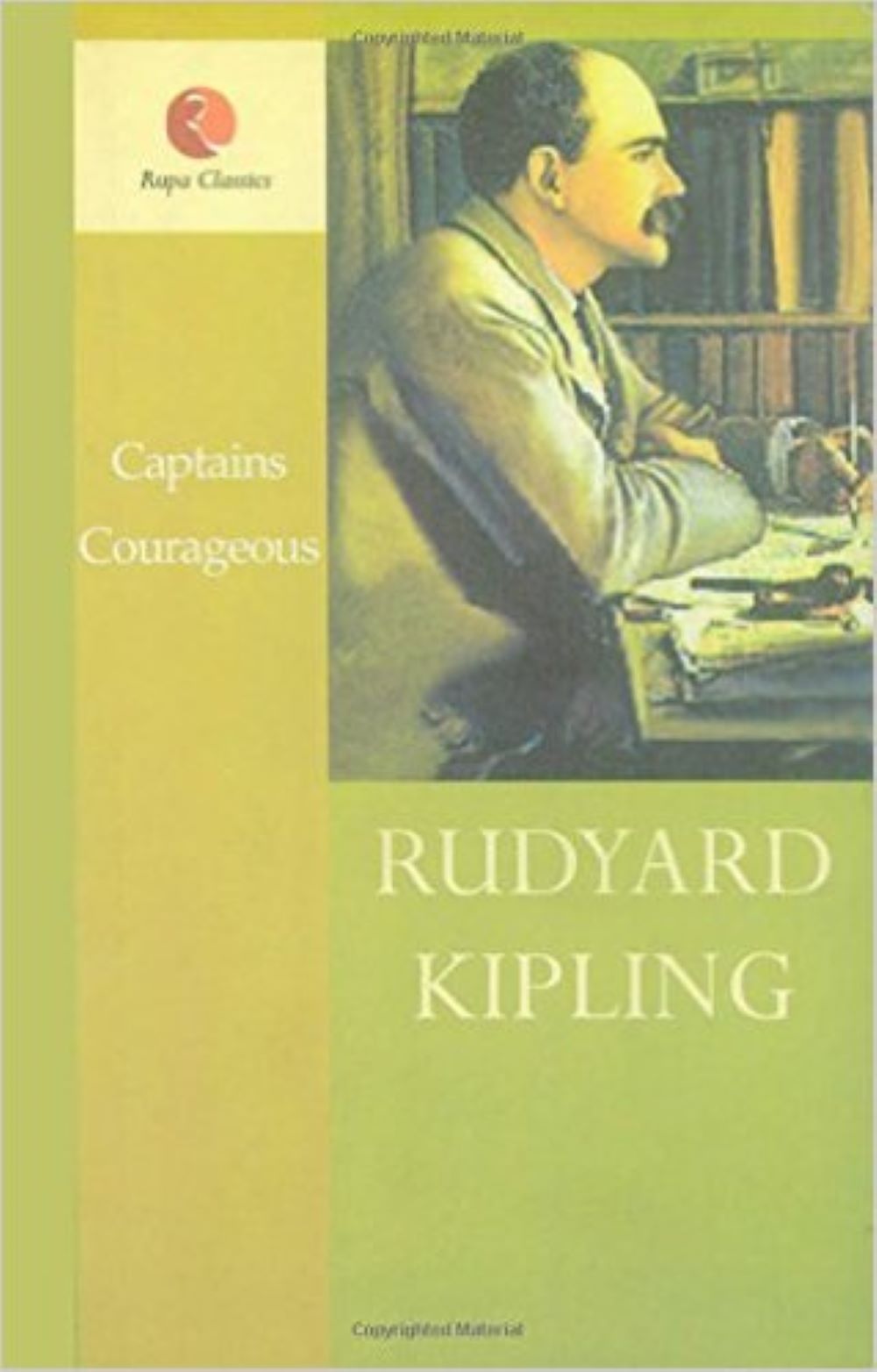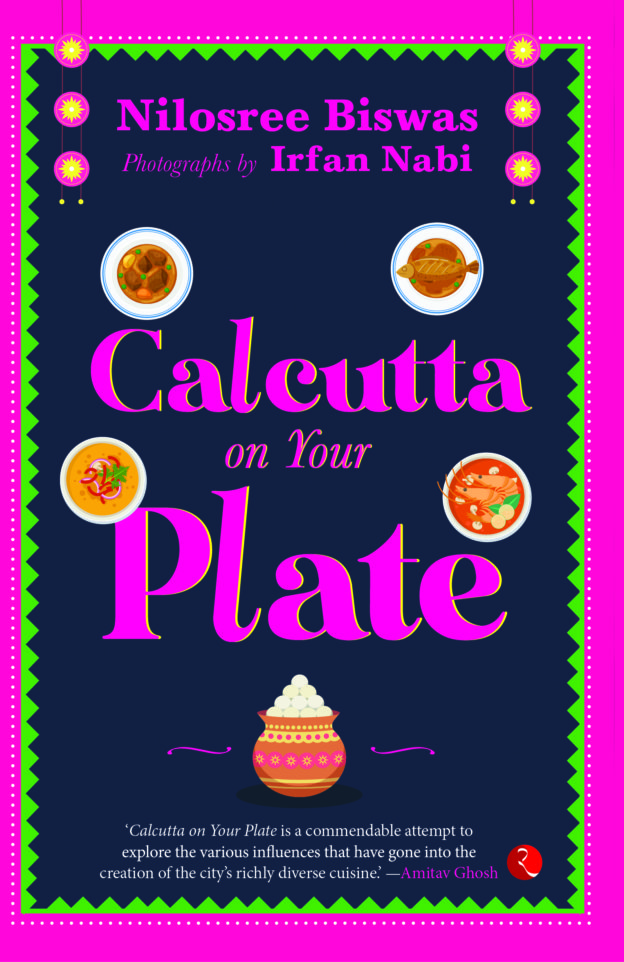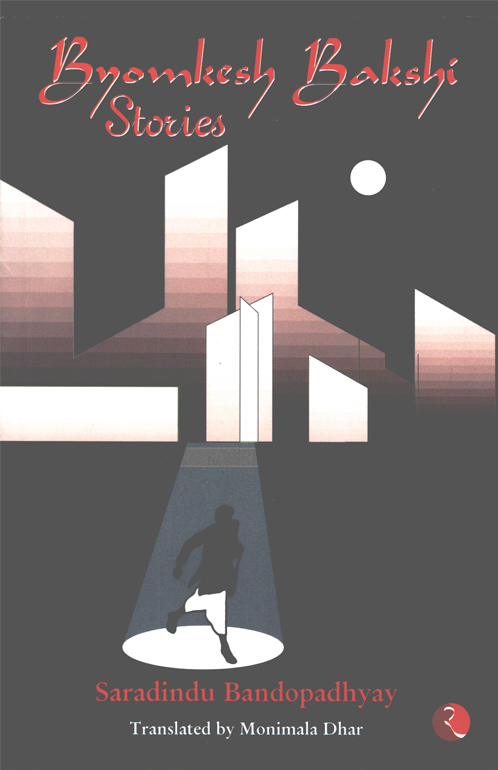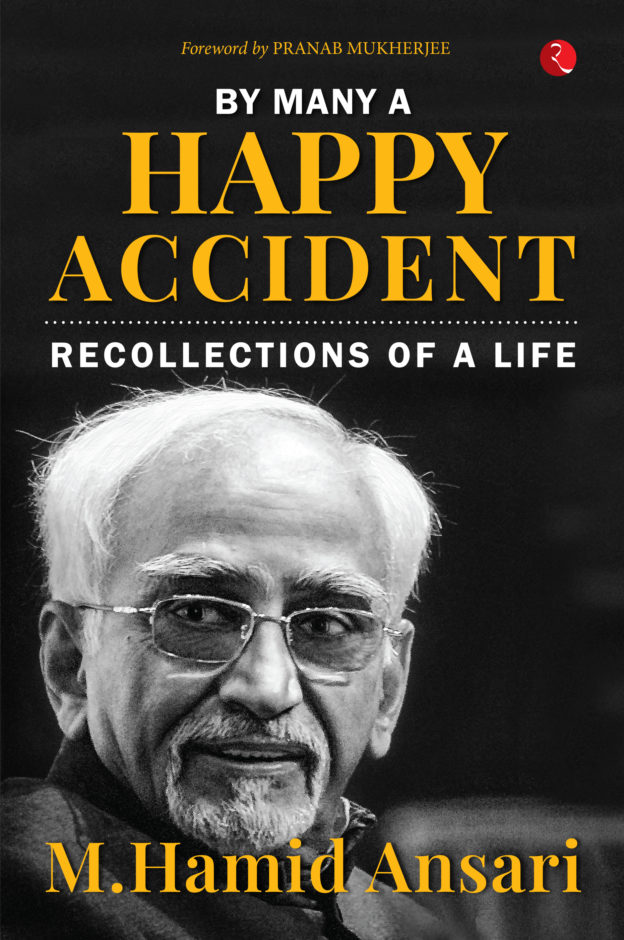Theory in Social and Cultural Anthropology
no information available
Social and cultural anthropology and archaeology are rich subjects with deep connections in the social and physical sciences. Over the past 150 years, the subject matter and different theoretical perspectives have expanded so greatly that no single individual can command all of it. Consequently, both advanced students and professionals may be confronted with theoretical positions and names of theorists with whom they are only partially familiar, if they have heard of them at all. Students, in particular, are likely to turn to the web to find quick background information on theorists and theories. However, most web-based information is inaccurate and/or lacks depth. Students and professionals need a source to provide a quick overview of a particular theory and theorist with just the basics-the "who, what, where, how, and why". In response, SAGE Reference is publishing the two-volume Theory in Social and Cultural Anthropology: An Encyclopedia. Features & Benefits: Two volumes containing approximately 335 signed entries provide users with the most authoritative and thorough reference resource available on anthropology theory, both in terms of breadth and depth of coverage. To ease navigation between and among related entries, a Reader's Guide groups entries thematically and each entry is followed by Cross-References. In the electronic version, the Reader's Guide combines with the Cross-References and a detailed Index to provide robust search-and-browse capabilities. An appendix with a Chronology of Anthropology Theory allows students to easily chart directions and trends in thought and theory from early times to the present. Suggestions for Further Reading at the end of each entry and a Master Bibliography at the end guide readers to sources for more detailed research and discussion. ... Read more Read less

